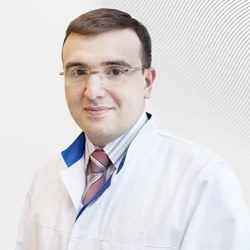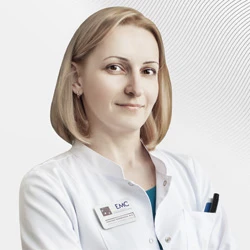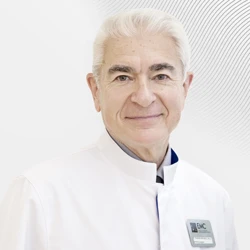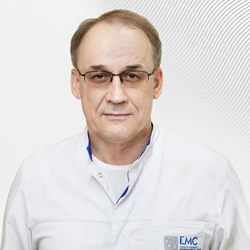Today, the benefits of minimally invasive surgery are well known and are beyond doubt by both doctors and patients. Laparoscopic access is currently widely used for the surgical treatment of various diseases of the abdominal cavity. Many of the laparoscopic operations — removal of the gallbladder, prostate, and part of the large intestine under the control of endoscopy, ultrasound, and X-ray imaging - have become routine in clinics in the United States, Europe, and Asia. The introduction of these technologies into thoracic surgery (on the chest and organs of the thoracic cavity) was rather slow and for a long time was limited to performing small diagnostic operations (biopsies, drainage of the pleural cavity, etc.)
.
Operations on the lungs and mediastinal organs are complex and require high concentration of attention from the surgeon, detailed knowledge of the anatomy and strict adherence to the sequence of all stages of the operation. The accumulation of extensive experience in traditional, "open" thoracic surgery, the emergence of new instruments and devices for tissue separation has made it possible to expand the indications for thoracoscopic operations. And today, in the early stages of peripheral lung cancer, with a tumor size of no more than 5 cm and without metastases in the lymph nodes, thoracoscopic removal of the lobe of the lung has become the "gold standard". It should be noted that during surgery for a malignant tumor, the volume of tissues removed fully corresponds to that with “open” access. Due to the magnification and high-definition of the image, in some cases, it is possible to perform a more thorough revision of the surgical area and remove the affected tissues.
Thoracoscopic technique has great advantages over "open" surgery. First of all, it is minimally invasive and traumatic: during surgery, ultrathin instruments of 3 and 5 mm and the thinnest flexible optics are used, wound expanders are not used that injure intercostal nerves, and the muscles of the lateral surface of the chest are not damaged. The maximum incision - up to 4 cm - is performed at the end of the operation to remove a neoplasm or part of the lung. Minimal tissue damage reduces the intensity and duration of postoperative pain and, as a result, ensures a good quality of life for the patient. Accurate identification of all anatomical structures, the use of modern stitching staplers and ultrasound and electrical methods of stopping bleeding can minimize blood loss during surgery. The cosmetic effect is also important - thin scars remain on the field of surgery, which become almost invisible within 6-8 months. The largest incision of 4 cm is located in women under the mammary gland.
And, of course, the undoubted advantage of thoracoscopic operations is the short rehabilitation and recovery time in the postoperative period. There is no need for the patient to stay in the intensive care unit, the hospital stay time is significantly reduced (up to 2-4 days compared to 10-12 days after "open" operations), the patient returns to active life faster.
In the EMC Surgical Clinic, most diagnostic and therapeutic manipulations on the lungs and mediastinal organs are performed by thoracoscopic access. The equipment of the world's leading manufacturers is used: Olympus optical systems, Covidien and Delacroix-Chevalier instruments. Specialists in the field of thoracoabdominal surgery have completed training and internship in thoracoscopic surgery in leading clinics in France and Belgium. And it should be noted that many operations using this technique in private medicine were first performed in Russia at the EMC Surgical Clinic.
The location of instruments during thoracoscopic surgery for lung cancer.
The type of postoperative incisions 1 month after the extended surgery on the right lung.
Was this information helpful?
Questions and answers
Ask a Question






.webp)







.webp)

.webp)
.webp)





.webp)


